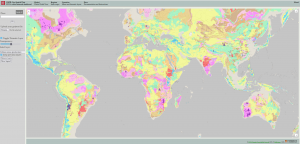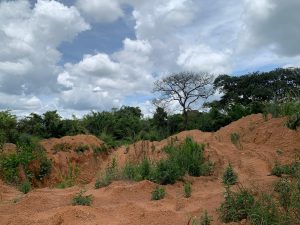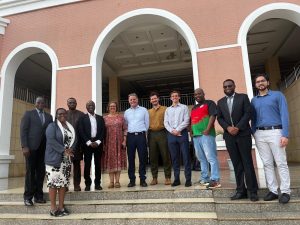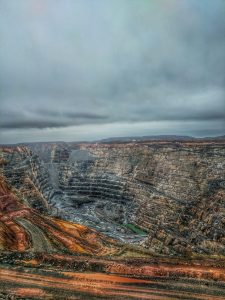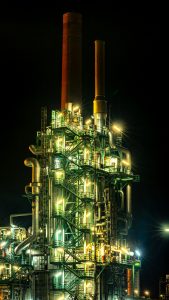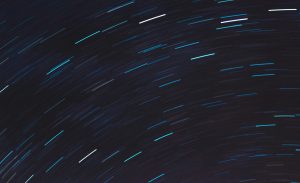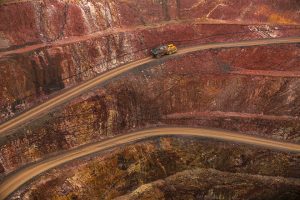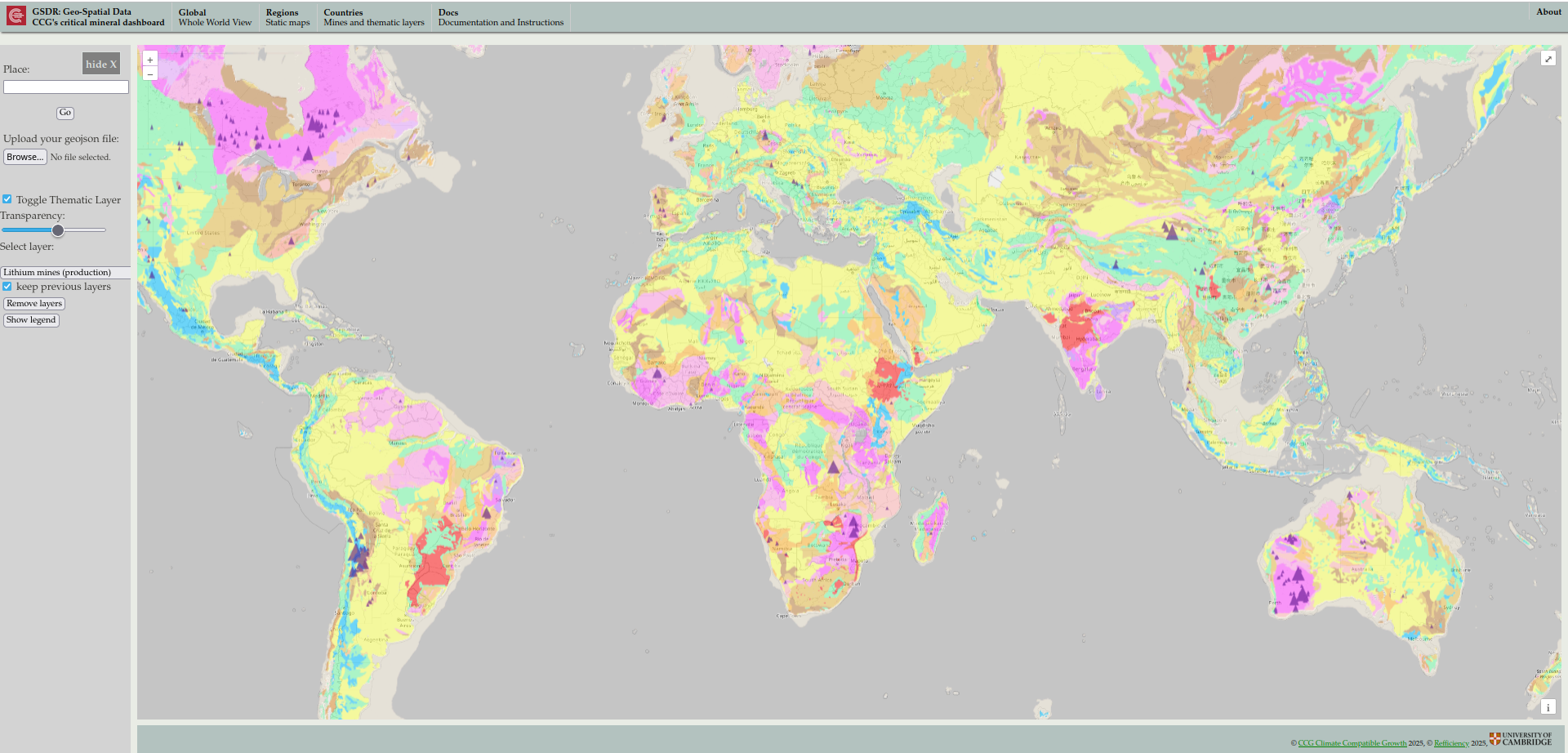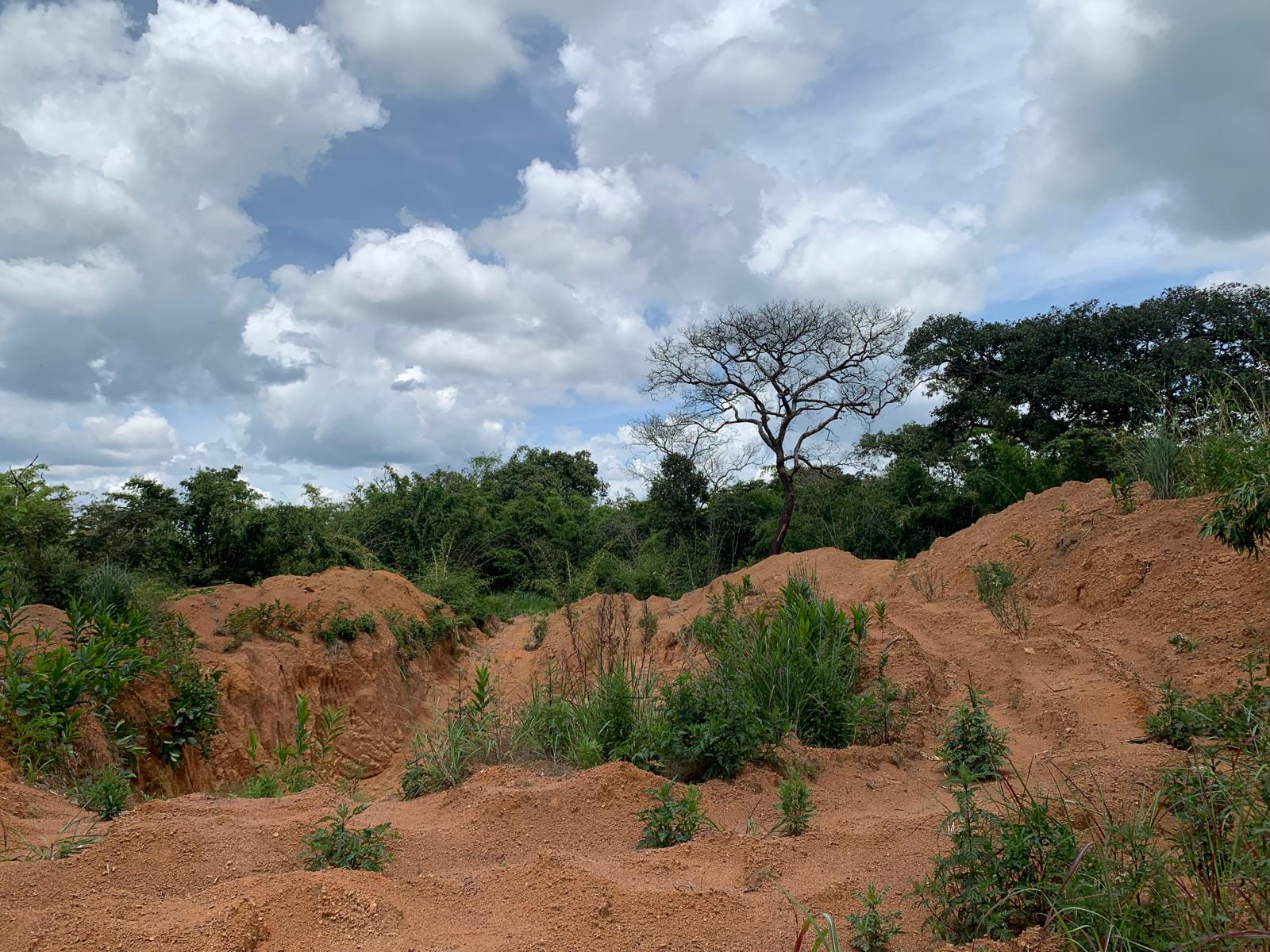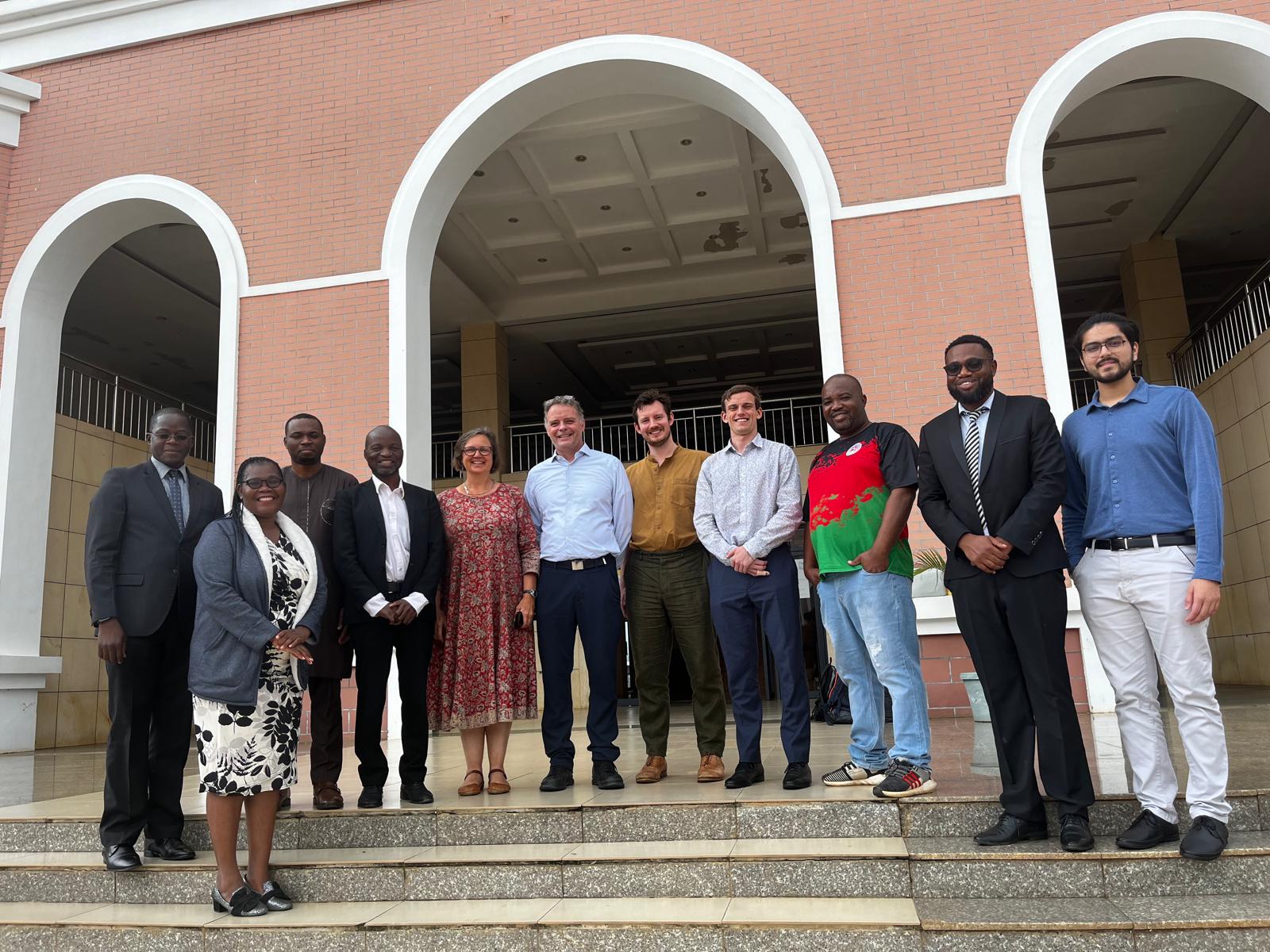Summary of the REMADE Circular Economy Technology Summit & Conference
Gabriel reflects on the REMADE conference held in Washington D.C. in March 2023 and shares some of the most exciting insights from the 2-day event.
The REMADE Circular Economy Technology Summit & Conference was held on March 20-21, 2023, at the National Academy of Sciences Building in Washington D.C., USA. The purpose of the conference was to further the dialogue on how sustainable manufacturing and a circular economy approach may help society in general to achieve its many energy, environmental, industrial decarbonization, and economic objectives. I had the opportunity to attend the conference and gain insights into the current and future state of the circular economy.
The circular economy is an initiative aimed at creating a sustainable economic system that is restorative and regenerative by design. The conference brought together experts in metals, fibres, polymers, e-waste, and other domains to discuss the progress and challenges in the field. It was an excellent opportunity to network and learn from the other attendees.
One of the highlights of the conference was the emphasis placed on artificial intelligence (AI), data, and software solutions. The recycling sector is well-positioned to advance with the help of these technologies. As we move toward a circular economy, data-driven insights can help identify new opportunities for material reuse and recycling, optimize the collection and processing of waste streams, and support better decision-making across the entire value chain. Another exciting aspect of the conference was the novel ideas presented to tackle the different types of end-of life options for plastics and tyres, including mechanical and chemical recycling technologies.
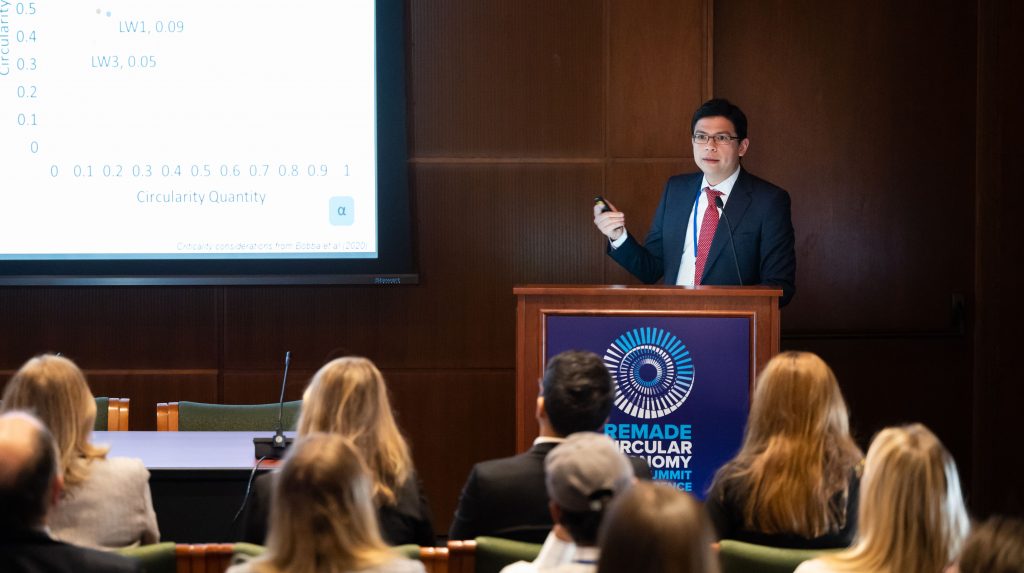
During the conference, I presented a circularity index approach that considers the different stages of a product’s life cycle (including material extraction, manufacturing, use, and end-of-life stages). The index approach provides a more comprehensive and nuanced assessment of circularity, as it accounts for both the quantity and quality of materials in the circular economy. It was encouraging to see how excited and committed people were to make a difference for the better in the economy and the environment.
The REMADE Circular Economy Technology Summit & Conference was an informative and thought-provoking event. The circular economy is seeing the desire to make more progress, and this conference was like connecting the dots in this area. The speakers shared their expertise and experience, inspiring attendees to think creatively about how we can reduce waste and promote reuse. It was a great chance to connect. I cannot wait for the next one!
Find out more about Gabriel and his research with CircNexST on the rest of our site.

